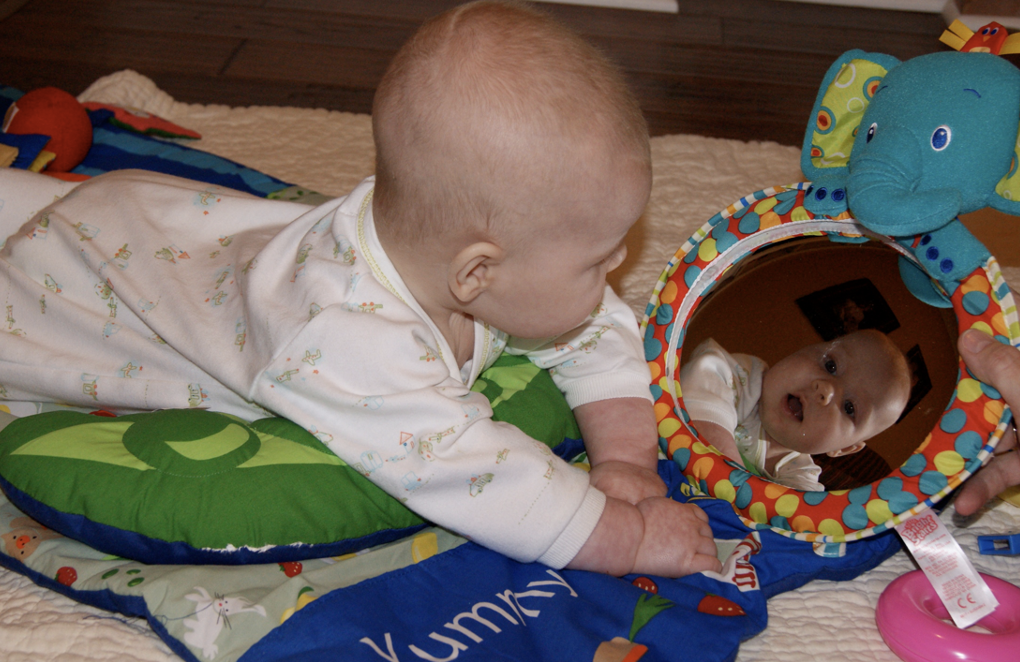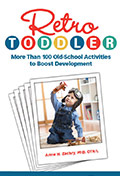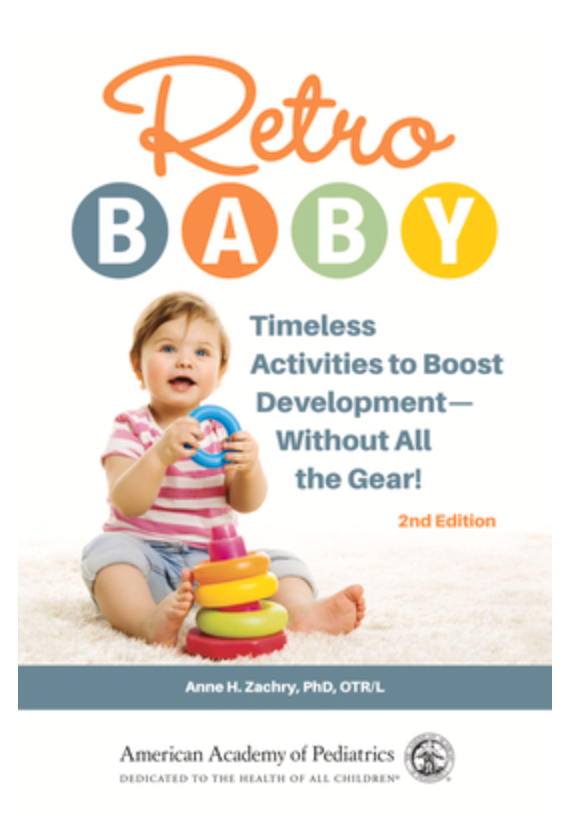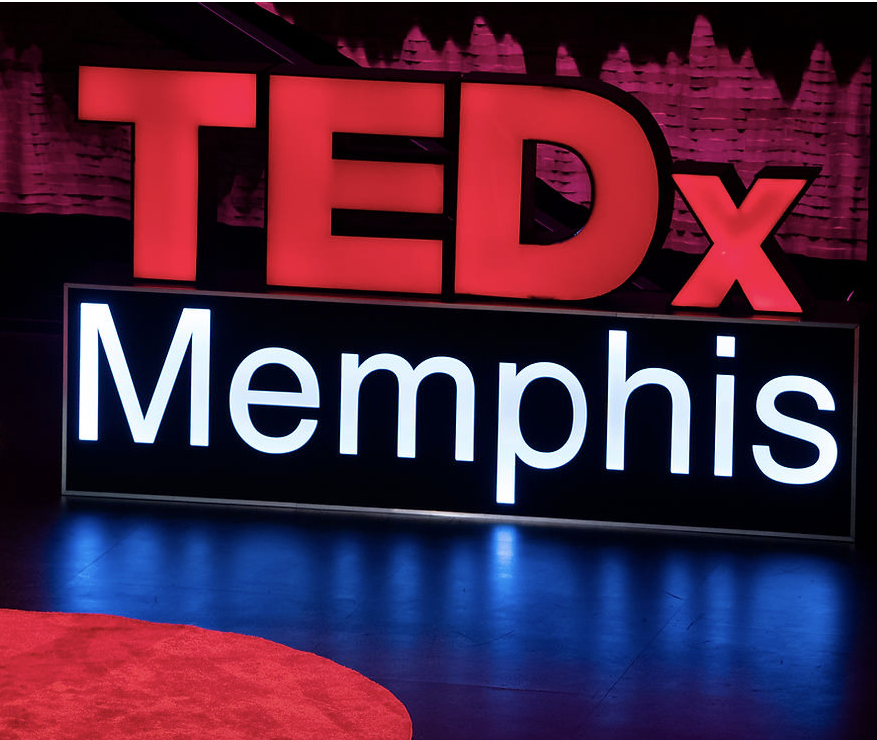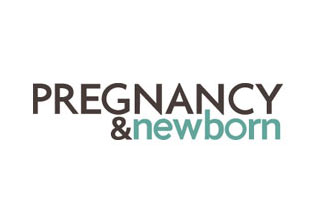Proprioception is the awareness of joint and body position. It helps us know where our bodies are in space along with the tactile and vestibular systems. There are “receptors” that receive body position information located deep within our muscles, joints, ligaments, tendons, and connective tissues. These receptors transmit information about motion or position in space to the brain by sensing subtle changes in movement, position, tension, and force. When our proprioceptive system is functioning properly, we make consistent, automatic changes in our body position as needed to stay upright and maneuver the environment safely. This system should work in sync with the other sensory systems, but problems with proprioceptive functioning can lead to big problems. Individuals with Poor Proprioceptive Processing sometimes exhibit these signs:
- Inability to maintain stationary positions (stay seated upright in a chair)
- Frequently bumps into items/people in the environment
- Stands to close or far away from others
- Unable to apply the appropriate amount of pressure when writing, holding utensils, etc.
- Clumsy- poor motor planning
- Playing to rough/Over-activity
Proprioceptive Activities: Proprioceptive, or deep pressure input is calming for children and improves muscle/joint awareness. Give your child jobs that involve big muscle groups such as carrying books, laundry, groceries, as well as push-pull activities.
- Pushing or pulling wagons, heavy “wheeled” toys
- Climbing ropes
- Jumping- on beanbag chairs, playing on couch cushions/making forts, etc.
- Wheelbarrow walks
- Wrestling
- Tug-of-War
- Punching bags
- Pushing others on a swing
- Swimming
- Deep pressure given between mats or blankets (“make a sandwich- add lettuce, pickles, cheese)
- Position your child on the stomach and roll a large therapy ball over him or her, then flip over and do the same (do not put pressure on the stomach)
- Have your child close their eyes and get into different positions by instructing, “put your finger on your nose, etc.”
- Sitting in a beanbag chair with heavy blankets or light weights in lap
- Tossing a weighted ball while sitting on a therapy ball
- Chair Push-ups
- Using a hole punch on index cards or file folders
- Popping packaging bubbles
- When teaching your little one a new skill that involves motor planning, provide extra proprioceptive input through the use of light wrist or ankle weights.
- Guide your child through an action, teaching the “motor pattern” providing light resistance to increase the awareness of body position.
- Gentle but firm massage

Photo by Cole Keister on Unsplash
Dear Readers, If you have found my blog to be helpful, please click here and “like” my facebook page. Thanks 🙂
